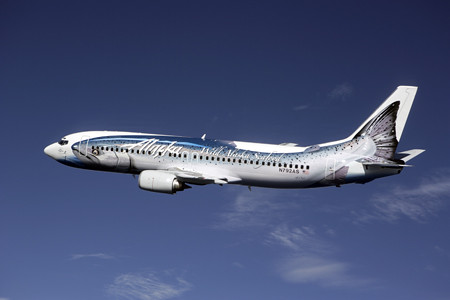FCC Moves Favor Inflight Broadband

You may have missed it in your preparations for Thanksgiving, but last week the FCC made a couple of big moves that favor the deployment of AMSS (aeronautical mobile satellite services) — better known as inflight broadband in the U.S.
First, the FCC granted ARINC’s request for Ku-Band aeronautical earth stations to communicate with Telstar 14/Estrela do Sul at 63 W.L., which will allow ARINC to deploy its SKYLink inflight broadband product:
SKYLink allows business aviation passengers to stay connected even at 47,000 feet. At speeds in excess of 3 megabits per second (Mbps), it’s about 6 times faster than a high-speed cable modem….
The SKYLink antenna is tail-mounted and fits on larger business aircraft including: Gulfstream GIV, GIV-SP, G400, GV, G500, G550, Cessna Citation X, and Bombardier Global Express/500/XRS and Challengers.
The SKYLink equipment is compact and lightweight. The tail-mounted dish antenna measures less than 12 inches in diameter. The satellite terminal, including antenna, weighs less than 40 pounds. ARINC Direct is currently working with original equipment manufacturers (OEMs) to make SKYLink a standard option on any new aircraft, but will also retrofit the necessary equipment to existing aircraft.
Second, the FCC granted ViaSat, Inc. blanket authority for domestic operation of up to 1,000 technically identical transmit/receive earth stations aboard commercial aircraft, which will allow ViaSat to bring its ArcLight platform to market, which boasts:
* More efficient use of bandwidth especially for completely random traffic patterns.
* Full use of bandwidth without loss of data throughput due to reservation schemes or contention-based protocols.
* Less power required through spread spectrum transmissions.
* Encoded signals with a combination of CDMA and PCMA technologies.ArcLight incorporate two ViaSat-exclusive technologies: Code Reuse Multiple Access (CRMA) and Asymmetric Paired Carrier Multiple Access (A-PCMA). PCMA enables data transmissions coming back to the hub from remote sites to be combined within the same bandwidth as the outbound channel. Rather than requiring additional bandwidth for return channels, ArcLight needs only the space segment required by the outbound broadcast to support two-way satellite services.
We’ve been fans of in-flight broadband for years — especially Boeing’s excellent service. Unfortunately, Boeing decided to shut that service down, partly due to lower-than-expected demand in the U.S. market. For a time, we thought Panasonic Avionics was going to revive it, but that didn’t, er, pan out.
But as we reported this fall, Alaska Airlines seems poised to continue its history of industry-leading innovation (they were the first to move to online ticketing, way back in 1995) with its plans to launch inflight wireless Internet service next year based on Row 44’s satellite-based broadband connectivity solution. The price point for passengers? Latest reports indicate Alaska Airlines is leaning toward making the service free.
Now if the airlines would only bring back actual meals….